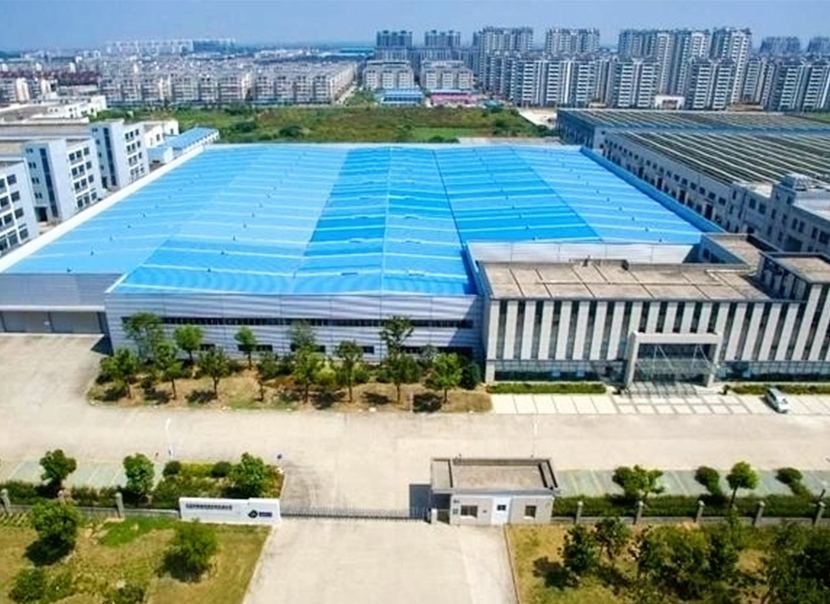Email: [email protected]

Technical Characteristics
| Model | Capacity/8h | Dimensions(L*W*H) | Power | Steam consumption |
| ZHD-2T(400)-B | 2t | 60m*5m*7m | 80kW | 800Kg/h |
| ZHD-4T(500)-B | 4t | 70m*6m*7m | 100kW | 1600Kg/h |
| ZHD-6T(600)-B | 6t | 80m*7m*7m | 120kW | 2400Kg/h |
| ZHD-8T(600)- B | 8t | 100m*8m*7m | 140kW | 3000Kg/h |
Specifications
KEEP IN TOUCH

Nantong Chang Hao Mechanical Manufacturing Co, Ltd. is a modern science and technology enterprise integrate R&D, design, manufacture, sales, service and import & export business. As a famous China Snack noodle production line Manufacturers and Snack noodle production line Suppliers, We have a fried instant noodle production line, a non-fried noodle production line, specialty noodle production line, short cut pasta and spaghetti production line, rice & bean/potato vermicelli production line, rice noodle production line and snack noodle production line, with more than 30 varieties of products.
Since the establishment of the company, nearly one hundred production lines of various types have been exported to dozens of countries and regions in Europe, North America, South America, the Middle East, Southeast Asia, and Africa. Excellent quality and after-sales service have been recognized and appreciated by customers at home and abroad.
Our company has successively reached a strategic partnership with Uni-President Enterprise and the Swiss Buhler Group, the cooperation with the world's top groups has brought high-end equipment manufacturing standards and specifics to our company, and also become the basis for our company to enhance the international competitiveness of our products. important support.
In more than 20 years of development, Nantong Changhao's technical team has worked tirelessly. continuously innovated, and kept improving. The advanced technical equipment designed and developed has successively obtained national high-tech enterprise certification, CE certification, and several patent certificates.
In a spaghetti production line, the drying process begins with the careful regulation of both temperature and humidity within the drying chambers. These factors are essential to ac...
READ MORETime-Temperature Control System: The cooking process in a quick cooking noodle production line is primarily controlled by a time-temperature control system that regulates the cooki...
READ MORESeamless Workflow Integration: The packaging system is carefully designed to integrate with the short cut pasta production line to create a continuous flow from production to packa...
READ MORE